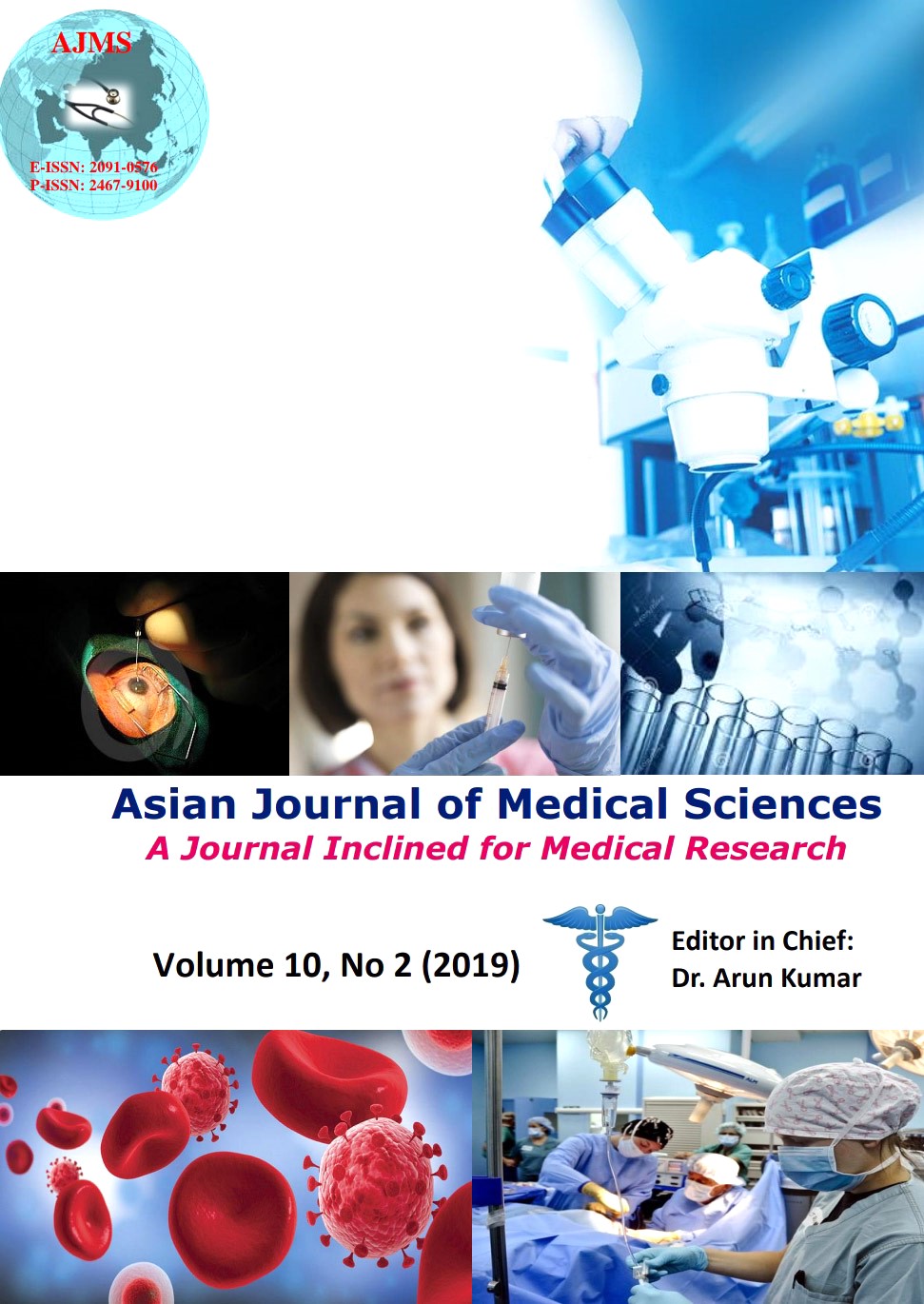Biochemical assessment of risk factors in coronary artery disease patients: An observational study in suburban hospital of Hapur, Uttar Pradesh
Keywords:
Hypertension, Diabetes, Ethnicity, Angiotensin-converting enzymeAbstract
Background: Coronary risk factors such as hypertension, diabetes and coronary artery disease (CAD) have become major health problem in Indian subcontinent, despite low fat intake and low rates of obesity. It is a paradox that the increased risk of people of Indian origin to diabetes and CAD is not explained by conventional risk factors. It is possible that the presence of new risk factors may explain this paradox.
Aims and Objective: The present study was undertaken to estimate the prevalence of coronary artery disease and identify & compare some socio-demographic and lifestyle risk factors associated with coronary artery disease in urban and rural populations of Hapur.
Materials and Methods: It’s a community based study in which 350 adults each were randomly selected from urban and rural populations of Hapur using modified cluster sampling method. Selected individuals were examined. Data entry and analysis was done using SPSSversion16 for windows version 8.1. Several published epidemiological and case-controlled studies are reviewed. The prevalence of hypertension (3.2%), diabetes (2.6%) and CAD (3.2%) is very low in the rural population of India. However, in urban and immigrant populations, the prevalence of hypertension (≥160/95, 12–20%), diabetes (6–8%) and CAD (7–14%) is significantly higher than in the developed countries.
Result: Out of 350 patients of CAD included in study, 133(38%) were females and 217(62%) were males. Among those 54(15.4%) were below 45 years of age and 296(84.6%) were equal to and above 45 years of age. Risk factors like gender prevalence, family history of IHD, lifestyle, triglycerides level, HDL level, BMI and smoking
were not significantly associated with different age groups(p-value >0.05). While HTN, DM, stress, LDL level and cholesterol were found to be significantly associated with age ≥45 years.
Conclusions: These studies support the consensus that people of urban origin wherever they are settled should have lower desirable limits of serum cholesterol, body mass index and dietary fat intake and should also decrease new risk factors for prevention
of CAD. This finding may require modification of the existing guidelines of the International Task Force for Prevention of CAD.
Downloads
Downloads
Published
How to Cite
Issue
Section
License
Authors who publish with this journal agree to the following terms:
- The journal holds copyright and publishes the work under a Creative Commons CC-BY-NC license that permits use, distribution and reprduction in any medium, provided the original work is properly cited and is not used for commercial purposes. The journal should be recognised as the original publisher of this work.
- Authors are able to enter into separate, additional contractual arrangements for the non-exclusive distribution of the journal's published version of the work (e.g., post it to an institutional repository or publish it in a book), with an acknowledgement of its initial publication in this journal.
- Authors are permitted and encouraged to post their work online (e.g., in institutional repositories or on their website) prior to and during the submission process, as it can lead to productive exchanges, as well as earlier and greater citation of published work (See The Effect of Open Access).




